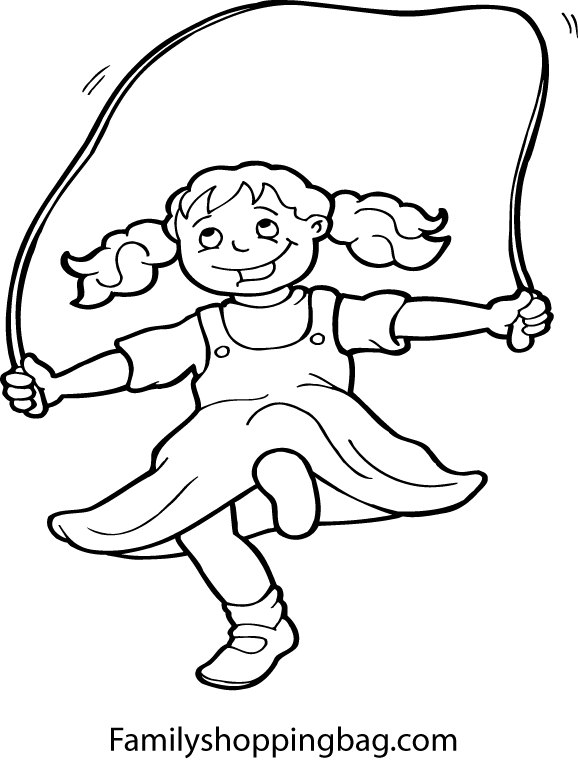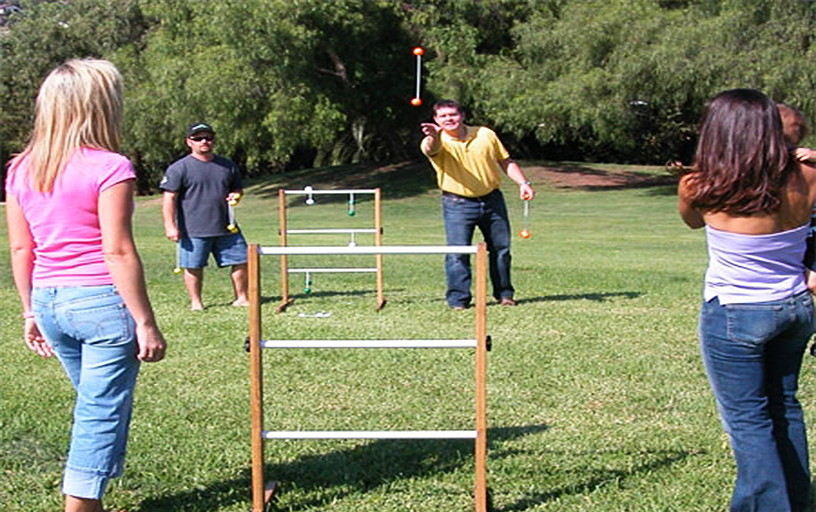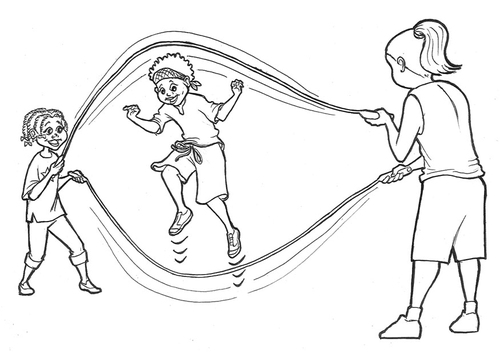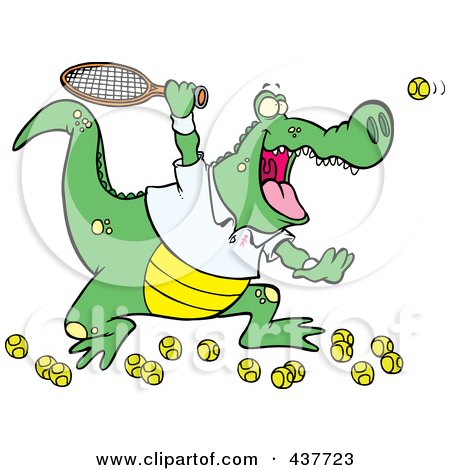Explain why exercises such as sit ups and push-ups have to be modified for kindergarten and first grade students in the DVL 1 group.
Younger kids do not know how to do a proper sit-up or push-up. They are not developed enough to be able to do them fully and they can easily injure themselves by doing them wrong. Also, if you have ever watched younger children attempt to do a push up, their butts are in the air, when they go lower themselves down they just lay down on the floor. I remember when I was little doing push-ups I would push-up my torso while keeping my hips and legs on the ground. By having them do push-ups like that you are just teaching them bad habits that will be hard to break when they get older, which will lead them to just hate push-ups.
Why is rhythmic activity important for young children?
Rhythmic activity is important because it helps children remember things easier. For example, the ABC song. Ask any college student they still remember the song, and most likely still use it if they have to alphabetize anything, at least I do. Songs also make doing activities more fun. At the camp I work at when we have to walk from the cabin to the dining hall or to flag pole, we sing, always and they are songs you remember for the rest of your life. They also make everything more fun. When people work out, most people prefer to work out with music, so why should it be any different for younger students? Like we learned in lab, kids do not like brushing their teeth, but adding a song to it and it will make it more enjoyable. At the after school program I work at, we have a song for when the kids are washing their hands, so not only do they wash their hands for the length of time they are suppose to, they have more fun doing it.
Define laterality and explain why tracing giant letters helps reinforce cognitive learning.
There were multiple definitions that I found for laterality. One definition said that it he difference in the mental functions controlled by the left and right cerebral hemispheres of the brain. Another definition said that it is the property of using one hand more than the other. Both of these definitions relate to students and having them trace giant letters. In 255, Dr. Yang's big thing was that we teach through the physical, since studies have shown that physical activity can enhance learning. By physical tracing letters in the air, both hemispheres of the brain are activated and students are more likely to remember the letters they traced out since by having the cognitive part of the letter connected with the physical tracing of the letter, it drives home the lesson more. When I am personally having trouble with a word, I still trace it out in the air so I can picture it in my mind.
Why are educators concerned about young children not being able to keep an internal beat?
They are concerned because keeping an internal beat is a mental thing. It being internal, obviously means that people cannot hear it, and more often then not it is most likely a song that they are familiar with or that they heard and they liked the beat. If this is missing then there might be something wrong with the brain itself, or it might be a memory problem since if they cannot remember simple beats from a song, then it could lead to long term problems in the classroom such as remembering things that they learn, or problems with making connections between subjects.
Define homo-lateral and cross lateral movements.
Homo-lateral movements are when a person is not crossing their body in order to do something. Such as jumping jacks, push-ups, star jumps, or simply just lifting an arm or leg into the air. Cross lateral movements are movements that involve cross body movements, such as laying on the ground and lifting your right leg, and left arm.
 My teacher said that I was a very strong teacher. She said although we had limited teaching ability I was still able to develop a relationship with the students and was able to take command of a classroom. She said that my objectives in my lesson planning have improved tremendously and that I take criticism and turn around and improve upon right then. She said my classroom management still needed some work, which I completely agree with but she said that will come with practice.
My teacher said that I was a very strong teacher. She said although we had limited teaching ability I was still able to develop a relationship with the students and was able to take command of a classroom. She said that my objectives in my lesson planning have improved tremendously and that I take criticism and turn around and improve upon right then. She said my classroom management still needed some work, which I completely agree with but she said that will come with practice.


































